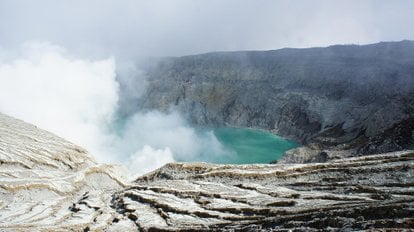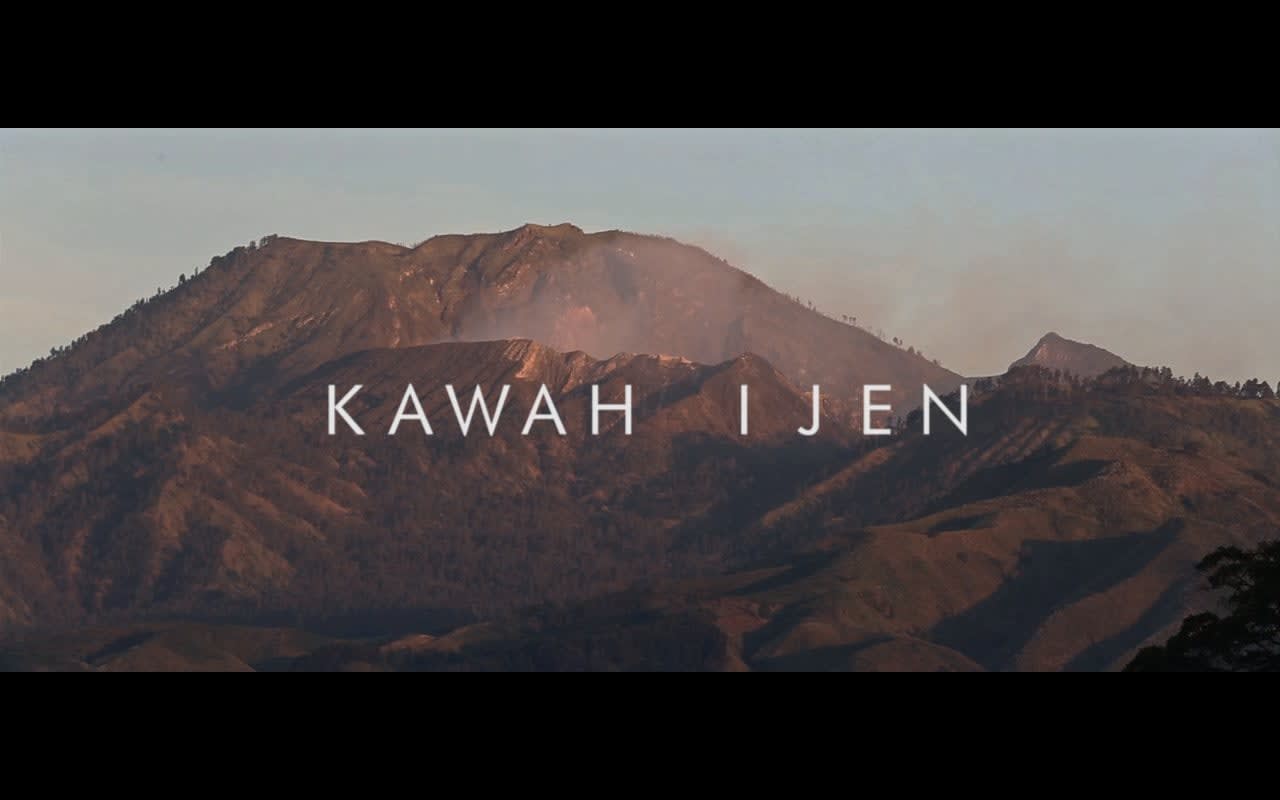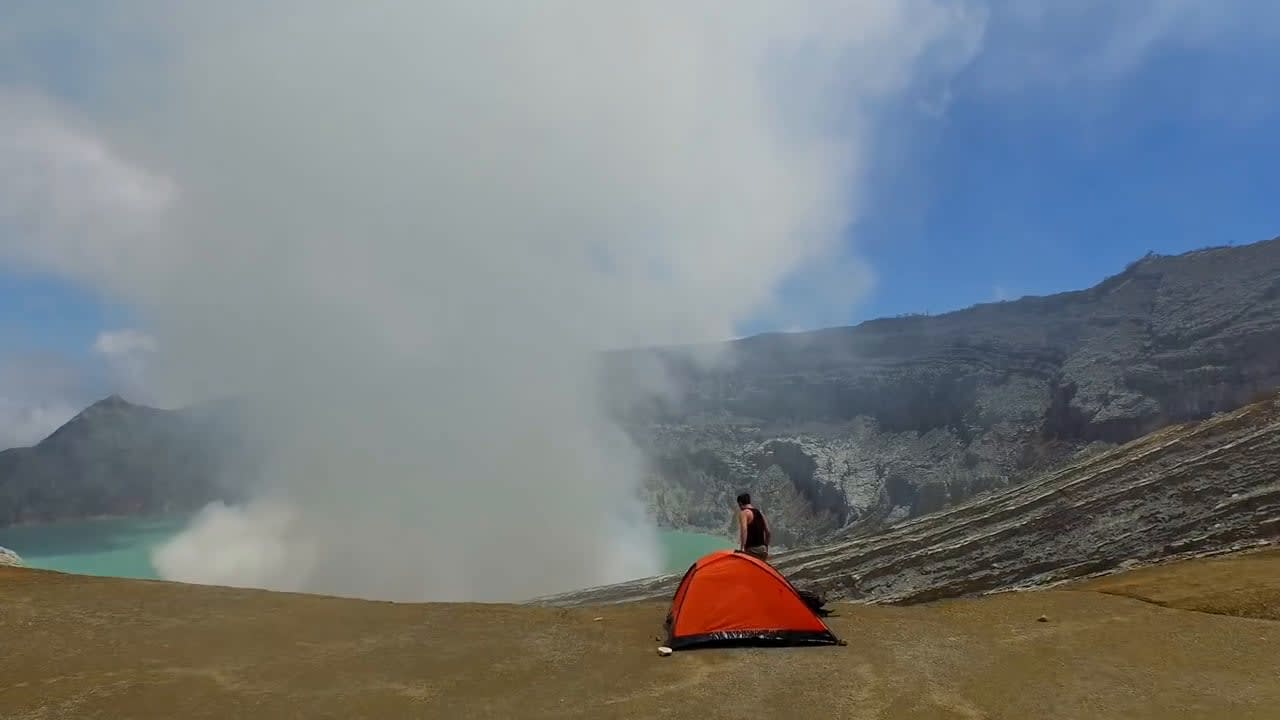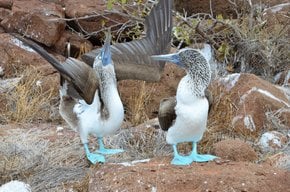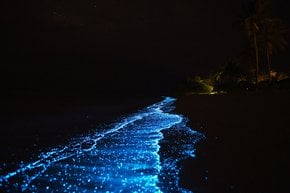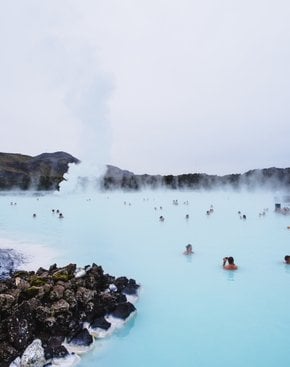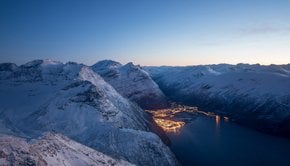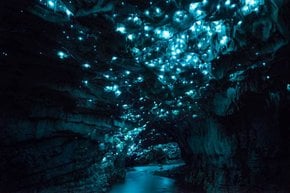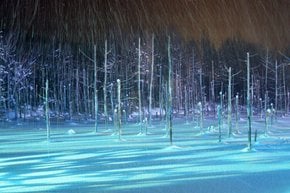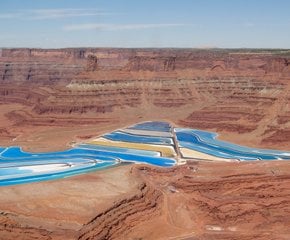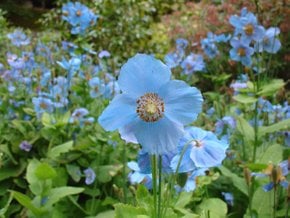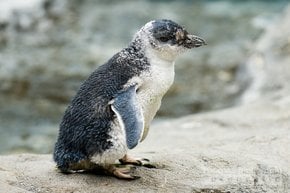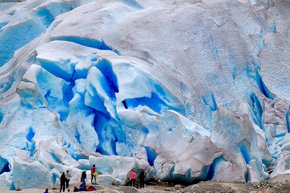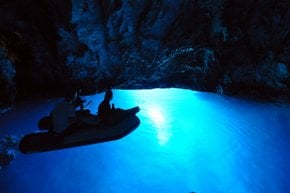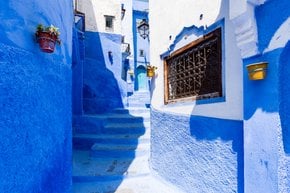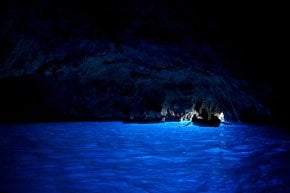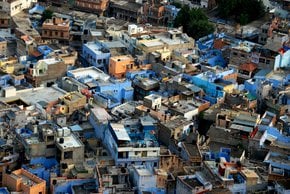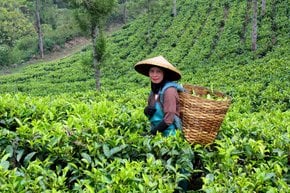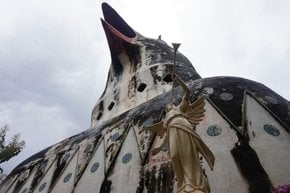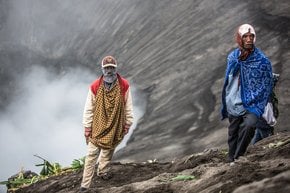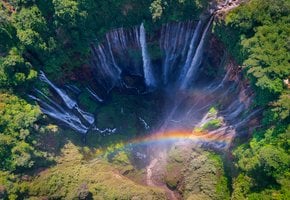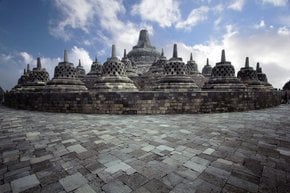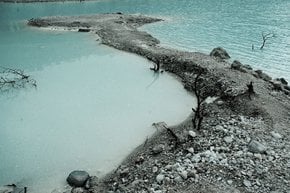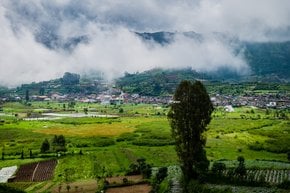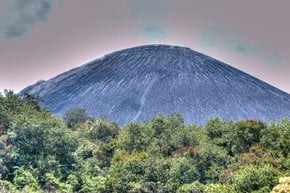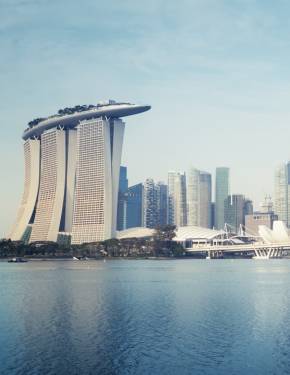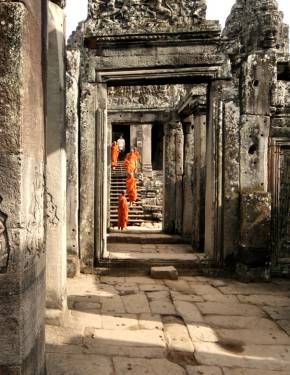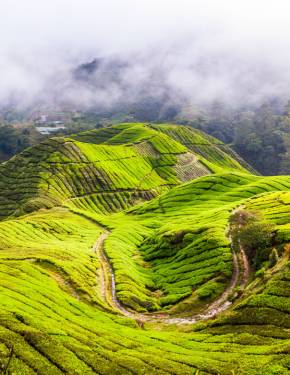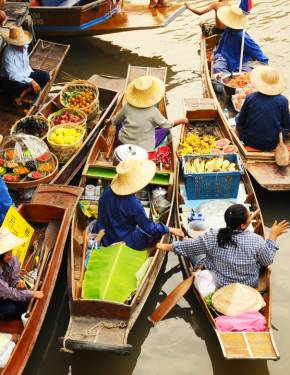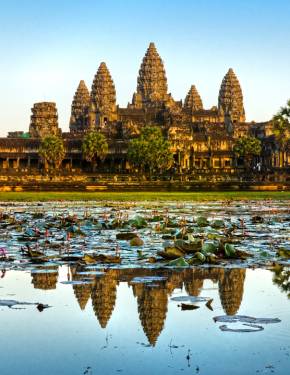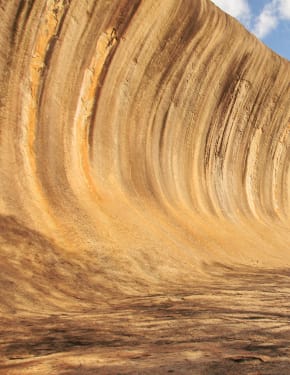Kawah Ijen Volcano in Java 2026
This volcano is famed for "electric blue lava" and world's largest highly acidic crater lake
Best time: June–August
Kawah Ijen Volcano found in East Java Province is rich is sulphur deposits. Its chemical reactions with oxygen result in what many call "electric-blue lava", that can be observed during night time. However, it's not an accurate term for this phenomenon at all.
In fact, the glow we see at night is the result of burning sulphur gases, that emerge at high pressure and temperature along with the lava itself. Exposed to the oxygen at the temperatures above 360°C sulphur gas starts burning, so blue glow is, in fact, flames of the burning sulphur. When condensed, these gases obtain a liquid form, which moves slowly down the volcanic slopes resembling a kind of electric-blue lava. This spectacle is only observed at night,—in the daylight the flames aren't visible, so you'll see pretty ordinary red lava.
Another dangerous attraction of this volcano is its turquoise acidic crater lake which is the largest of that kind found in the world. Swimming is definitely out of the question—its water dissolves heavy metals.
For local people, Kawah Ijen Volcano remains a source of life means. They work day and night in extremely harsh conditions to collect sulphur, which is widely used in chemical industry. These miners don't have any masks, even though breathing sulphur dioxide is highly damaging to their lungs. For years day by day, they carry tens of kilos on their shoulders across the rocks. And some of the workers here are children.
If you decide to do that hike, don't forget to take masks. When you are done, you can leave it for hard-working miners. June through August is the best season for hiking as it sees the least amount of rainfall. Just avoid the weekends, unless you like crowds.

